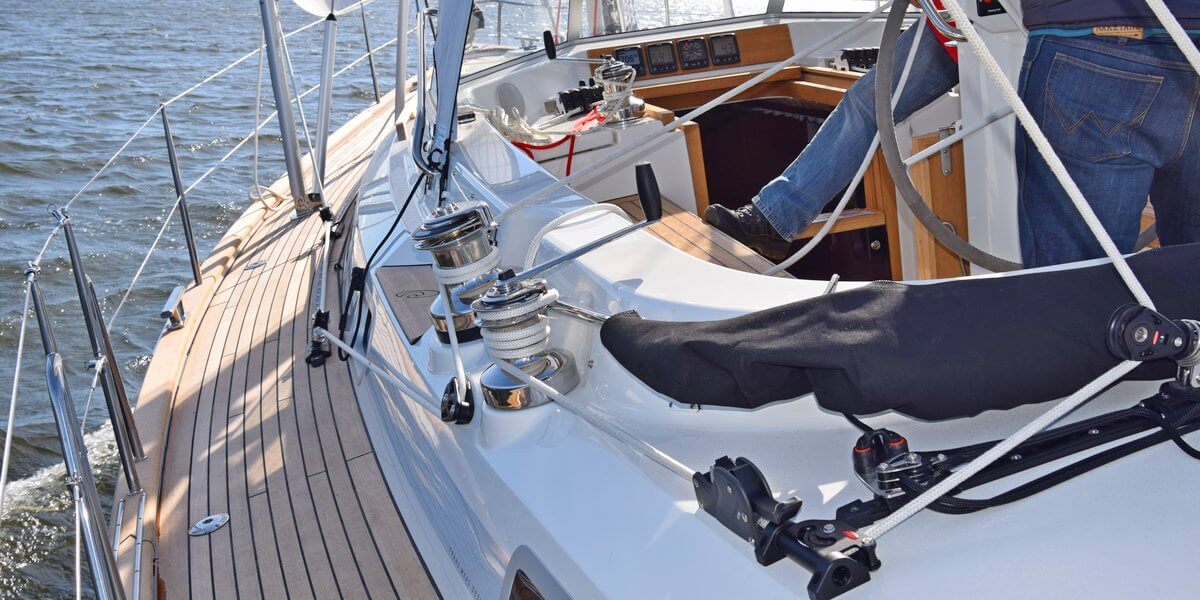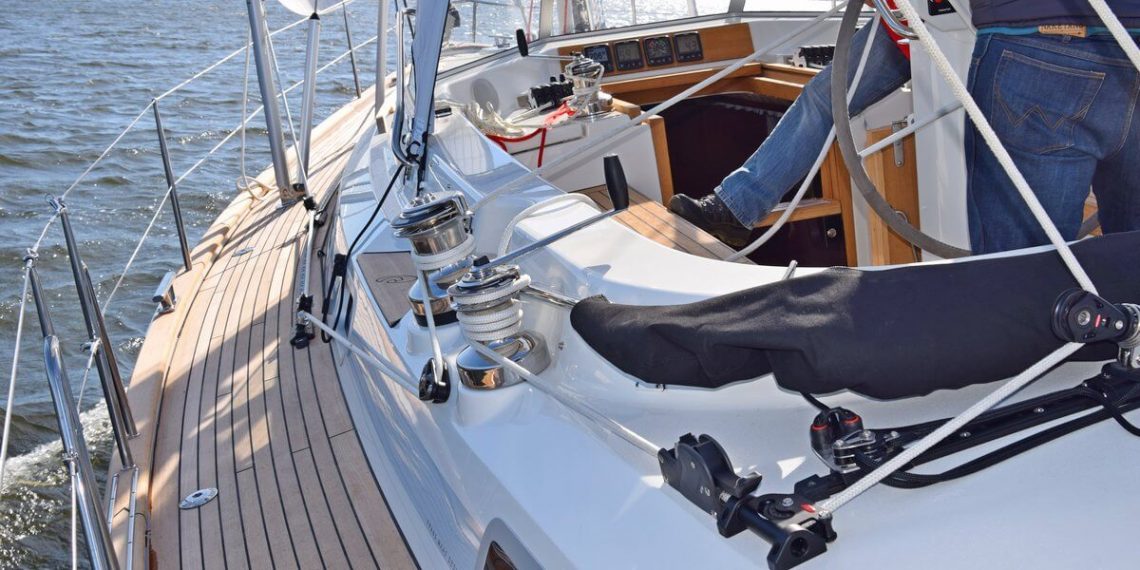
Mistakes to avoid on board
Those who are unfamiliar with life on a sailboat may make a number of mistakes in manoeuvring, using equipment or spaces, as well as in personal relationships and maritime etiquette. There are many mistakes that even experienced sailors encounter on a sailboat. Fortunately, we can learn from every mistake.
Mistakes are common when sailing on a demanding vessel that constantly moves through the water, such as a sailboat. Ignorance, inexperience, misjudgement of one’s abilities and environmental conditions, or simply a lack of common sense are all reasons for mistakes on board. Some are insignificant and stupid, while others can have serious consequences. At sea, minor negligence can cause the most damage, endanger the vessel, or undermine the crew’s coexistence. After all, sailing is not an improvised art, and even the most experienced skipper makes mistakes.
Even great sailors of the past and professional skippers make mistakes at first. For example, a few years ago, the French sailor Florence Arthaud fell into the sea alone at night while sailing and was only saved because she had her phone in her jacket. However, even a true sailing legend, Eric Tabarly, perished at sea as a result of the same carelessness. Not to mention Bernard Moitessier and Francis Joyon, who ended up on the rocks with their vessel after falling asleep.
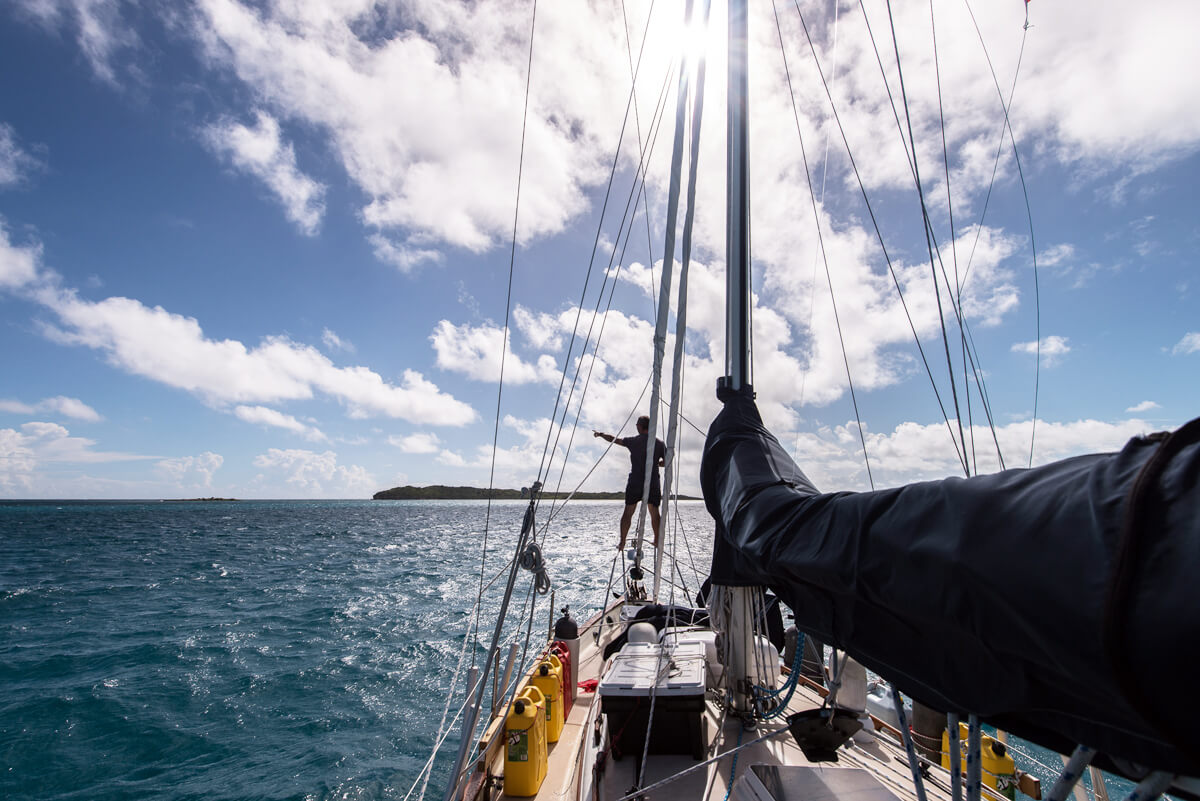
Initial mistakes on board
As the old adage goes, we learn from our mistakes, so even a minor blunder can turn into a valuable lesson in learning to sail. After all, even the most prestigious international sailing schools, such as Les Glenans or Uksa, have begun to adopt teaching methods that include the display of mistakes in recent years. What are the most common mistakes on board? In fact, there are an infinite number of them, and they can concern various aspects of life on board, manoeuvring the sailboat, and the equipment itself.
Many mistakes can be attributed to a lack of sailing experience or a lack of habits for this type of life at sea. These are typically rookie mistakes, such as those made by those embarking on their first sailing vacation. We have crew members who arrive on board wearing high-heeled shoes that are completely inappropriate for the environment, or with a hair straightener that strains the electrical system; those who arrive with an absolutely too large suitcase that doesn’t even fit in the cabin, or those who lose their glasses and hat in the sea at the first gust of wind because they simply did not fasten them with a string. The next mistake that many novices make is getting seasick because they immediately retreat below deck when the sea is rough. One common beginner’s mistake is leaving the sailboat’s windows and other openings open during the voyage, resulting in a completely soaked bed and clothes.

Clamsy actions, levity and negligence
Some mistakes are simply the result of clumsy actions, such as cooking while sailing and knocking pots and pans over on the saloon cushions. Other mistakes stem from inefficient use of on-board resources, which are always limited: you can’t brush your teeth by leaving the tap running or the fridge open indefinitely. The mistakes that are increasingly criticized are those related to environmental sustainability: throwing plastic objects, bags, cigarette butts, or any other non-biodegradable objects into the sea; this action is not only against ecological sensibility, but it is also dangerous, as these wastes can clog the engine intake.
Some of these careless mistakes can also cost us dearly. If you throw toilet paper down the toilet, it will clog within seconds, just as if you forget to open the intake grate or the seawater valve, water will enter the vessel’s interior. Starting the engine if the rope is twisted at the stern is a serious mistake, as it will inevitably get stuck in the propeller; tie the knot incorrectly and you will lose the fender while sailing. In terms of knots, incorrect tying can jeopardise the manoeuvre and anchoring, or even result in the loss of the dinghy being towed behind.
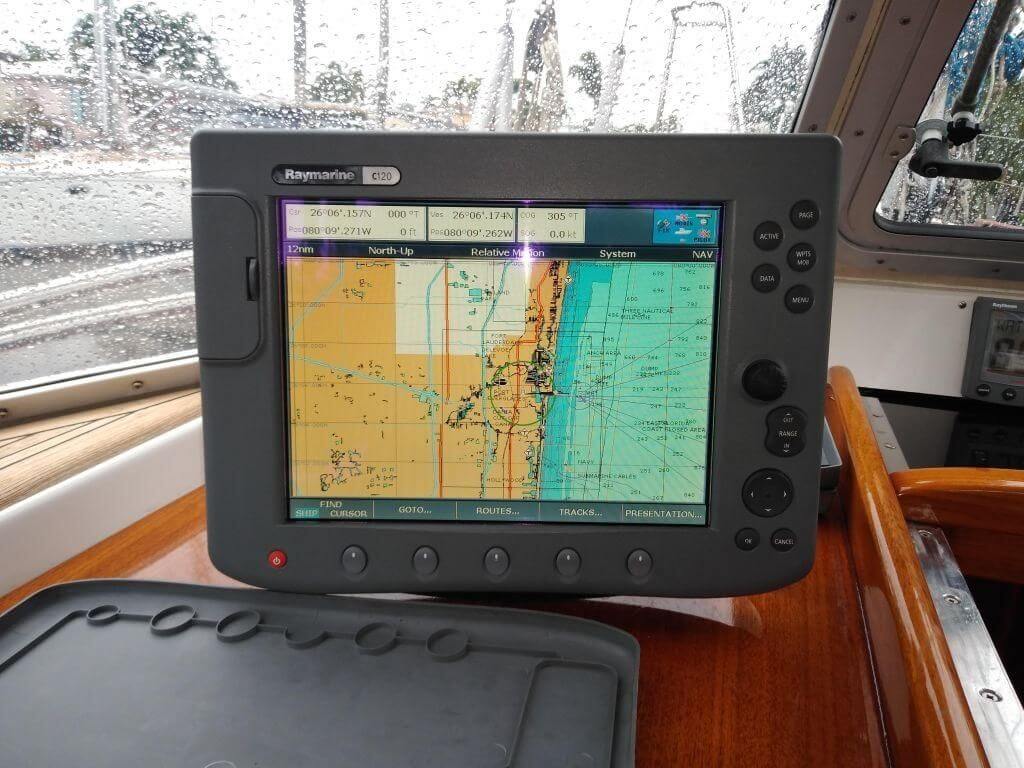
Experts can also make mistakes
Unnecessary mistakes can also be harmful and result in physical accidents. A common example is a blow to the head from the boom when a crew member remains on his feet during a stern pitch, or if an individual does not wear appropriate footwear while manoeuvring the anchor winch, or a blow to the head when coming from below deck to the deck.
Aside from beginner negligence and mistakes, the complexity of sailing necessitates a high level of safety, which is frequently ignored even by professional skippers. Many people, for example, do not wear life jackets or tie to a lifeline when sailing in strong winds and rough seas, or at night. Other serious errors include misreading weather forecasts and navigating near rocks and shallow water. We rely too much on technology, such as GPS or sonar, and when these devices fail, we have problems using nautical charts and nautical standards. For example, failing to provide critical spare parts in the event of an emergency or breakdown is an avoidable mistake (e.g., a makeshift rudder or engine cooling pump propeller). We also include mistakes that occur as a result of routine inspections that are not performed or are postponed: defective manoeuvres, outdated systems, corrosion, and so on. Most of these issues can be avoided with a little preparation before departure.
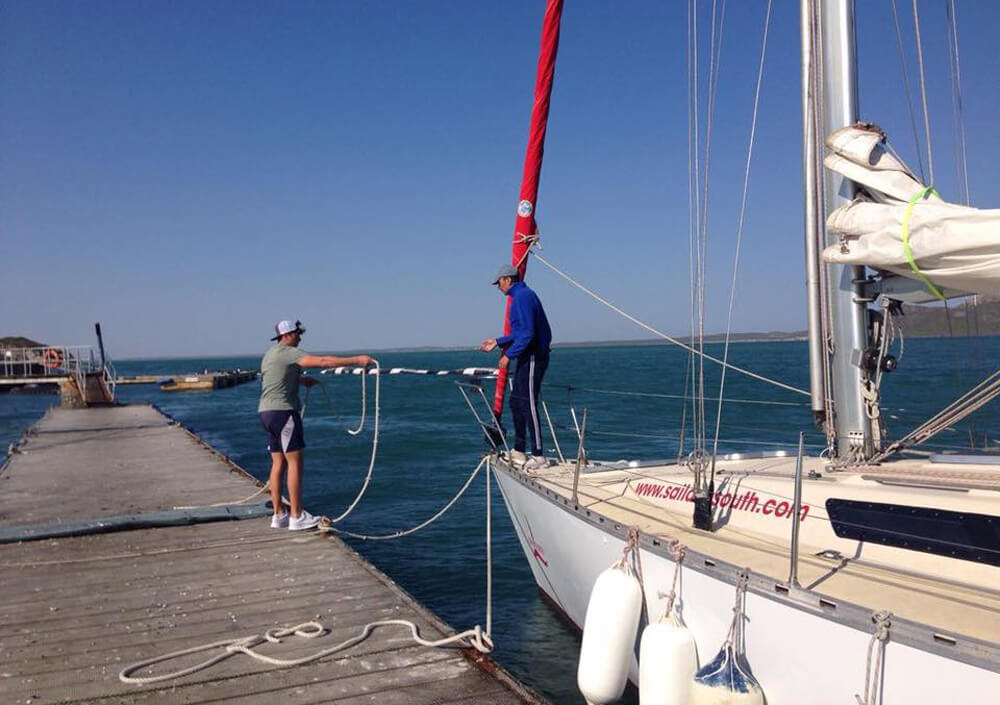
Mooring: A breeding ground for mistakes
According to accident statistics, mooring is a breeding ground for errors, disturbances, and malfunctions during manoeuvres in ports and anchorages. This is no coincidence, as sensitive operations near obstacles, docks, and other vessels can make life difficult for sailors, even experienced ones, due to winds and currents. One factor that should not be overlooked is the anxiety that mooring manoeuvres can cause sailors.
The high speed of the vessel when entering harbours or approaching the pier, not knowing how to operate the engine propeller, incorrect position of the fenders, or even incorrect adjustment of the tension of the mooring ropes are some of the most common mooring mistakes.
In most cases, the number of errors on board decreases as experience increases, as does confidence in life on board, manoeuvres, systems, and resources to be managed.
You May Also Like
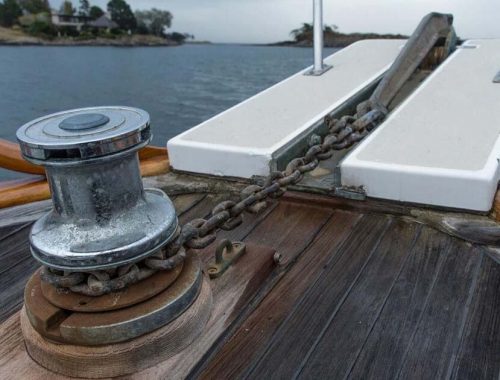
How to use a winch without draining the batteries
23/11/2022
Discover Croatia’s Exquisite Coastal Gems: Embark on Your Sailing Adventure from These Stunning Port Cities
26/10/2023



